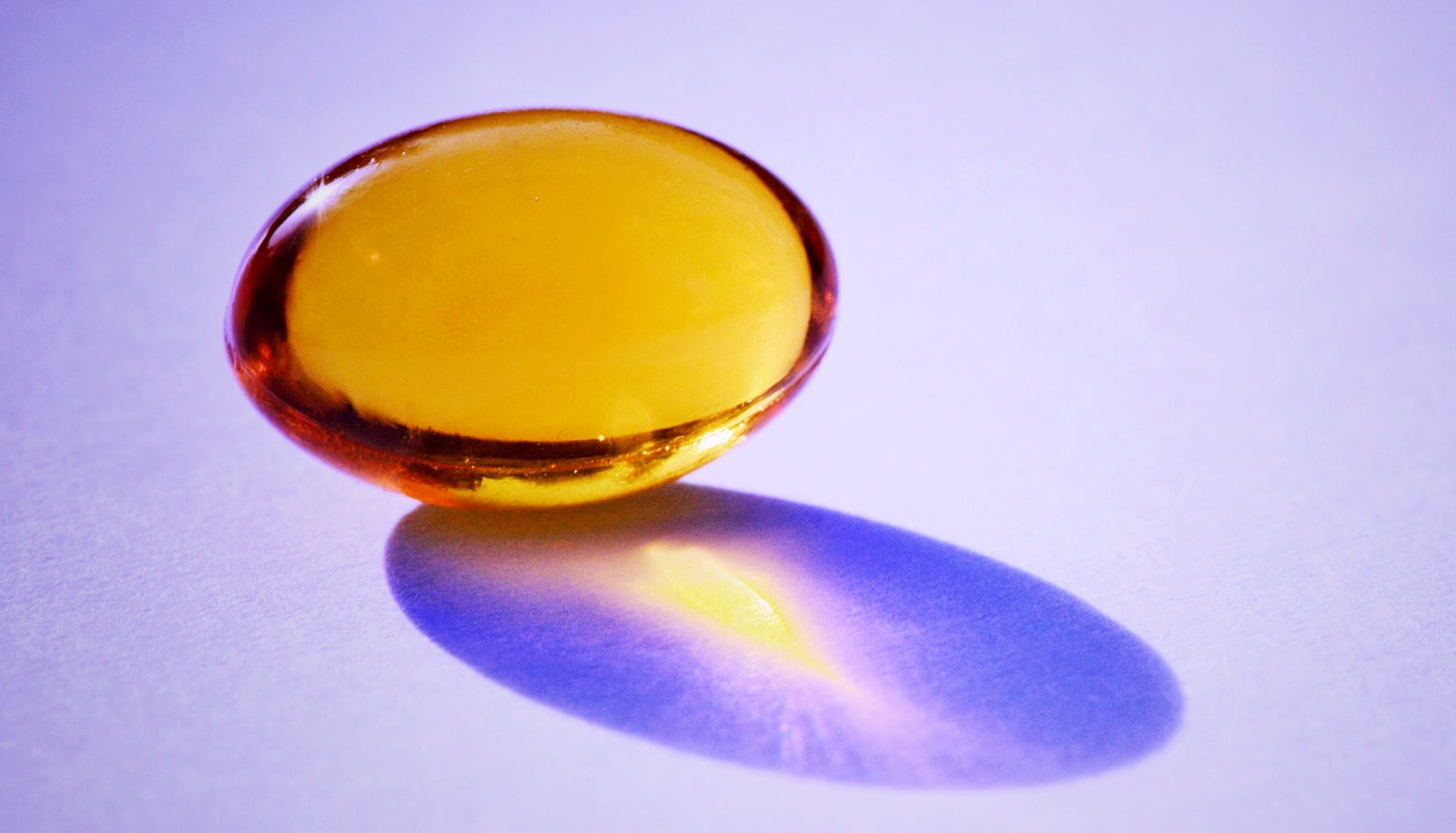“Over” supplementation of vitamin D, referred to as “hypersufficiency,” can slow the progression of frailty, according to a new study with mice.
When it comes to vitamin D, most adults exhibit either frank deficiency, which results in clear clinical symptoms, or insufficiency, which often goes undetected. But, until now, researchers have had difficulty determining how that insufficiency impacts physical health and the vulnerability of older adults to frailty as they age.
For the study in the journal Nutrients researchers looked at 24–28-month-old mice, the equivalent of 65-to-80-year-old adults.
The research builds on previous work that found that long-term insufficient levels of vitamin D resulted in impaired physical performance in young mice. However, the new work reveals that even when mice had sufficient vitamin D levels throughout life and then switched to insufficient levels of vitamin D in old age, the physical impairments appeared much sooner.
“We found that in aged mice, low levels of vitamin D result in physical declines, such as reduced grip strength and grip endurance—the ability to sustain a grip—and that they started developing as soon as one month after reduction of vitamin D intake,” says first author Kenneth L. Seldeen, research assistant professor in the medicine department in the Jacobs School of Medicine and Biomedical Sciences at the University at Buffalo
“We also found that low vitamin D levels were associated with a decline in both balance and coordination. Human studies have shown that low vitamin D levels are associated with a greater risk of falls, particularly in frail older adults. Our data support this notion.”
Just right amount of vitamin D
A key finding of the study was that over the four months of treatment, vitamin D status played an important role in the onset of frailty. The investigators measured frailty in mice based on strategies similar to those used for humans, that define frailty as having three or more of the following: unexpected weight loss, weak grip strength, poor endurance, low activity levels, and slow gait speed.
The researchers found that frailty progressed in two groups of the mice where daily vitamin D consumption was either 125 International Units (IU) per kilogram of chow, resulting in an insufficient level, or 1,000 IU per kilogram of chow, which establishes serum levels of vitamin D considered sufficient for a human.
“Only when mice were given the highest amount of vitamin D, at 8,000 IU per kilogram of chow, did frailty not progress over the timeframe of the study,” Seldeen says.
These findings are particularly relevant to the ongoing discussions about how much vitamin D aging adults need to stay healthy. “There is disagreement about what level of vitamin D is considered sufficient for adults.”
Seldeen explains that the National Academy of Medicine (NAM) has identified 20 nanograms per milliliter (ng/ml) of vitamin D in the blood as the level necessary for adults to be vitamin D sufficient, based largely on what they need to maintain bone health. The NAM Food and Nutrition Board has recommended that adults ages 19–70 consume 600 IU of vitamin D per day and that individuals over 70 consume 800 IU of vitamin D per day.
A growing body of literature suggests that vitamin D is important for other aspects of health, and a number of researchers in the field consider 30 ng/ml as the necessary minimum level, says coauthor Bruce R. Troen, professor of medicine, chief of the division of geriatrics and palliative medicine, and director of the Center for Successful Aging.
“We recommend that older adults take a minimum of 2,000 IU of vitamin D per day,” he says. “This is particularly important for our frail geriatric patients. But based upon our research, we believe that a lifetime of ample vitamin D supplementation will optimize long-term functional capacity and health.”
“The findings of our study suggest that a level of even 30 ng/ml is not enough, and that in fact 60 ng/ml was needed in order to prevent frailty progression in these older mice,” Seldeen says.
That’s the amount that the NAM considers the safe upper limit for vitamin D in the blood, a level that could roughly be achieved with a maximum daily dose of 4,000 IU/day, considered safe by the NAM.
“To slow the progression of frailty, it actually took greater amounts of vitamin D than what is currently considered sufficient for a human,” says Seldeen.
What about humans?
While this finding is especially intriguing, Seldeen notes that, of course, a single study won’t settle the question. “Unfortunately, higher than standard amounts of supplementation are rarely investigated,” he says. “However, this study raises the possibility of including higher dose groups into future human trials involving vitamin D.”
The researchers plan to pursue future human studies on vitamin D. They are also beginning a new mouse study that will examine the impacts of vitamin D status on the underlying muscle biology during aging to better understand why vitamin D affects physical performance and frailty.
“Studying the direct impacts of serum vitamin D levels in humans is fairly difficult, as the impacts might take years to manifest and it may not be safe to test the impacts of having persistently low or high vitamin D levels,” Seldeen says. “Using an animal model, we are able to examine these potentially riskier levels of vitamin D and the biological impacts during aging.
“Also, doing so in genetically identical mice all living the same lifestyle, compared to the complexity of human diversity, allows greater focus on the specific effects caused by the different vitamin D levels.”
Additional coauthors are from the Veterans Affairs Western New York Healthcare System and the University at Buffalo. The Veterans Affairs Rehabilitation Research and Development, the National Institutes of Health, and the Indian Trail Foundation funded the work.
Source: University at Buffalo


